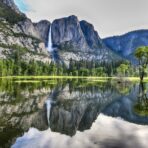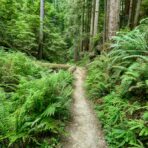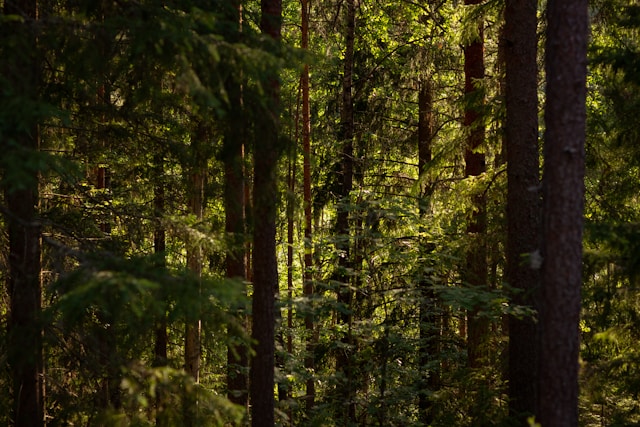Kaipupu Point Sanctuary, situated amidst the stunning Marlborough Sounds of New Zealand, stands as a testament to the power of community-driven conservation. While the sanctuary itself serves as a vital refuge for native flora and fauna, it is the collective efforts of the local community that truly propel its conservation mission forward. From volunteering and fundraising to education and advocacy, the active involvement of residents and visitors alike plays a pivotal role in safeguarding the sanctuary’s ecological integrity. This article delves into the myriad ways in which local efforts support and enhance sanctuary conservation at Kaipupu Point.
1. Volunteerism: A Backbone of Conservation
Volunteerism lies at the heart of Kaipupu Point’s conservation efforts, with dedicated individuals giving their time and energy to various projects and initiatives. Volunteers play a hands-on role in habitat restoration, predator control, wildlife monitoring, and public education. Whether planting native trees, maintaining trails, or assisting with guided tours, their contributions are invaluable in maintaining the sanctuary’s ecological balance and promoting biodiversity.
2. Community-Led Restoration Projects
Community-led restoration projects harness the collective power of residents to tackle conservation challenges head-on. From removing invasive species to planting native vegetation, these initiatives foster a sense of ownership and stewardship among participants. By actively engaging in the restoration of their local environment, community members forge deeper connections with the sanctuary and gain a greater appreciation for the importance of conservation.
3. Fundraising and Donations
Financial support from the local community is essential for sustaining sanctuary conservation efforts. Fundraising events, donation drives, and sponsorship programs help generate the resources needed to fund habitat restoration projects, predator control measures, and educational programs. Through their generosity, residents demonstrate their commitment to preserving the natural beauty and biodiversity of Kaipupu Point for future generations to enjoy.
4. Education and Outreach Programs
Education and outreach programs play a crucial role in raising awareness about sanctuary conservation among residents and visitors alike. Workshops, guided tours, and school programs provide opportunities for hands-on learning and engagement. By sharing knowledge about the sanctuary’s ecological significance and the importance of conservation, these initiatives inspire individuals to become advocates for environmental protection in their communities.
5. Advocacy and Community Engagement
Advocacy and community engagement efforts amplify the voice of the local community in matters of environmental conservation and management. Residents actively participate in decision-making processes, providing input on issues ranging from land use planning to wildlife management. By advocating for policies and practices that prioritize ecological sustainability, community members ensure that the sanctuary remains a protected and cherished natural asset.
6. Collaborative Partnerships
Collaborative partnerships between Kaipupu Point Sanctuary and local organizations, businesses, and government agencies strengthen conservation efforts and broaden community engagement. By working together towards shared goals, these partnerships leverage resources, expertise, and networks to maximize impact. Whether through joint conservation projects, sponsorship agreements, or public outreach initiatives, collaborative partnerships are essential for the long-term success of sanctuary conservation.
7. Youth Involvement and Environmental Education
Engaging youth in environmental education and conservation activities cultivates a new generation of environmental stewards. School programs, youth camps, and environmental clubs provide opportunities for young people to learn about the importance of biodiversity, conservation principles, and sustainable living practices. By empowering youth to take an active role in protecting their natural environment, Kaipupu Point fosters a legacy of conservation leadership for years to come.

8. Cultural and Community Events
Cultural and community events held at Kaipupu Point Sanctuary celebrate the rich heritage and biodiversity of the region while fostering a sense of community spirit. Festivals, art exhibitions, and traditional ceremonies provide opportunities for residents to come together, connect with nature, and celebrate their shared commitment to conservation. These events not only raise funds for sanctuary projects but also promote a sense of pride and belonging among participants.
9. Public Participation in Decision-Making
Ensuring transparency and public participation in decision-making processes is essential for fostering trust and accountability in sanctuary management. Community forums, public consultations, and advisory committees provide avenues for residents to voice their opinions, express concerns, and contribute ideas. By actively involving the community in governance and planning, Kaipupu Point Sanctuary ensures that conservation efforts reflect the values and priorities of local stakeholders.
10. Sustainable Tourism Practices
Promoting sustainable tourism practices is crucial for minimizing the ecological footprint of visitors while maximizing the benefits to the local community and environment. Kaipupu Point Sanctuary encourages responsible tourism through eco-friendly initiatives such as waste reduction, energy conservation, and interpretation programs. By educating visitors about the sanctuary’s conservation goals and encouraging respectful behavior, the community fosters a culture of environmental stewardship among tourists.
Conclusion:
Kaipupu Point Sanctuary thrives not only as a sanctuary for wildlife but also as a vibrant community hub for conservation. Through volunteerism, fundraising, education, advocacy, and collaborative partnerships, the local community plays a central role in safeguarding the sanctuary’s ecological integrity and promoting biodiversity conservation. By working together towards a common goal, residents ensure that Kaipupu Point remains a cherished natural treasure for generations to come.








